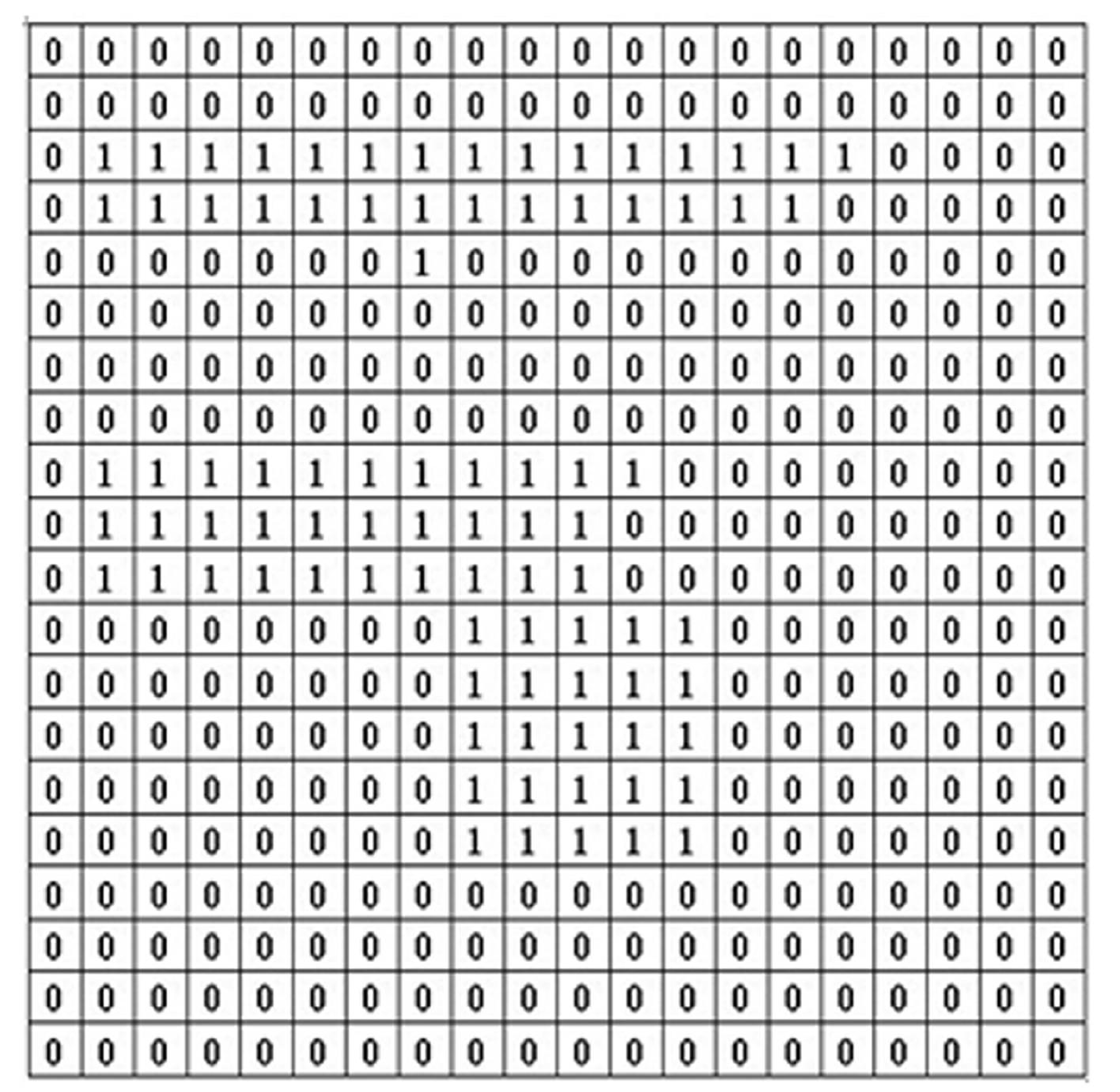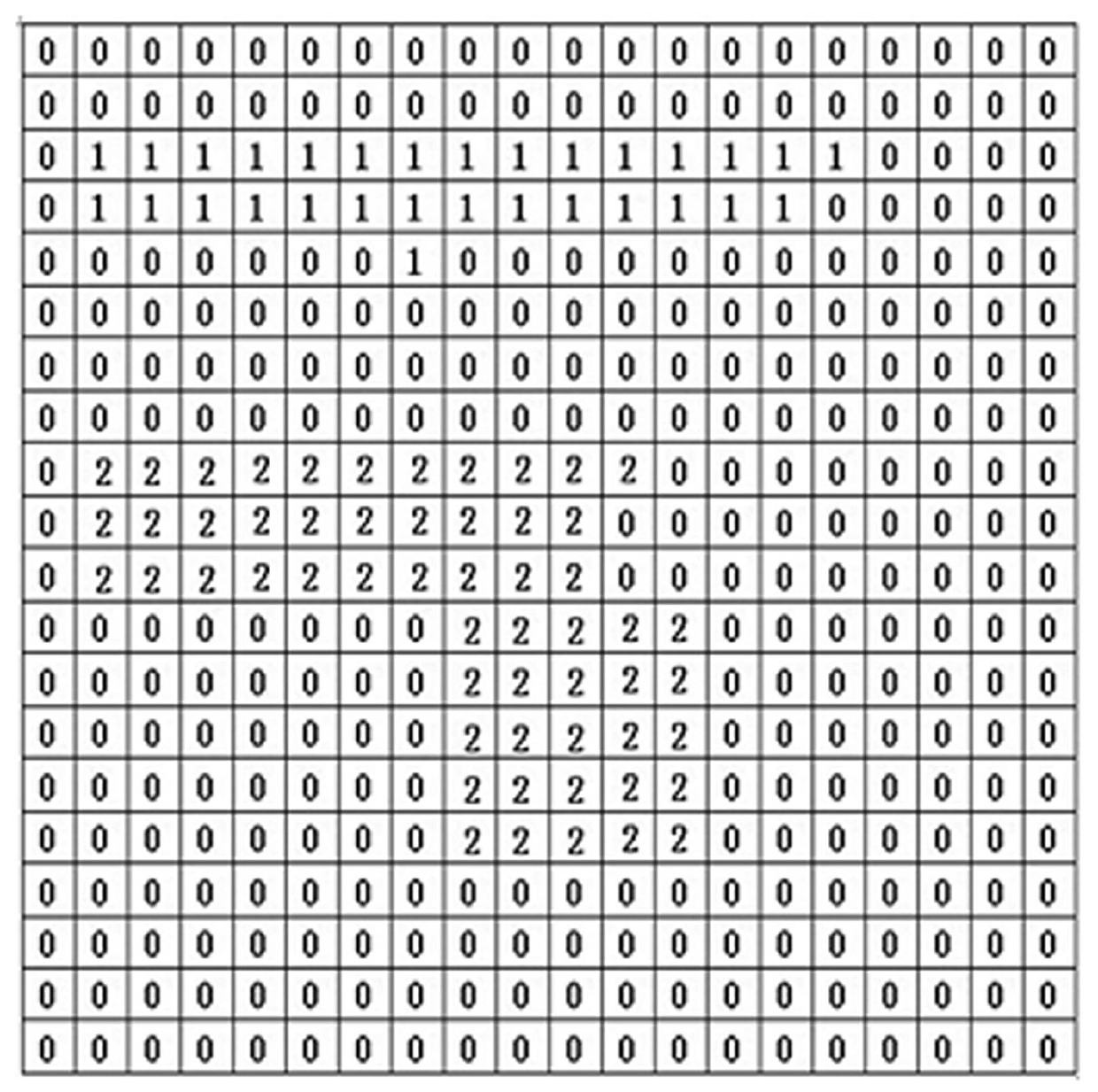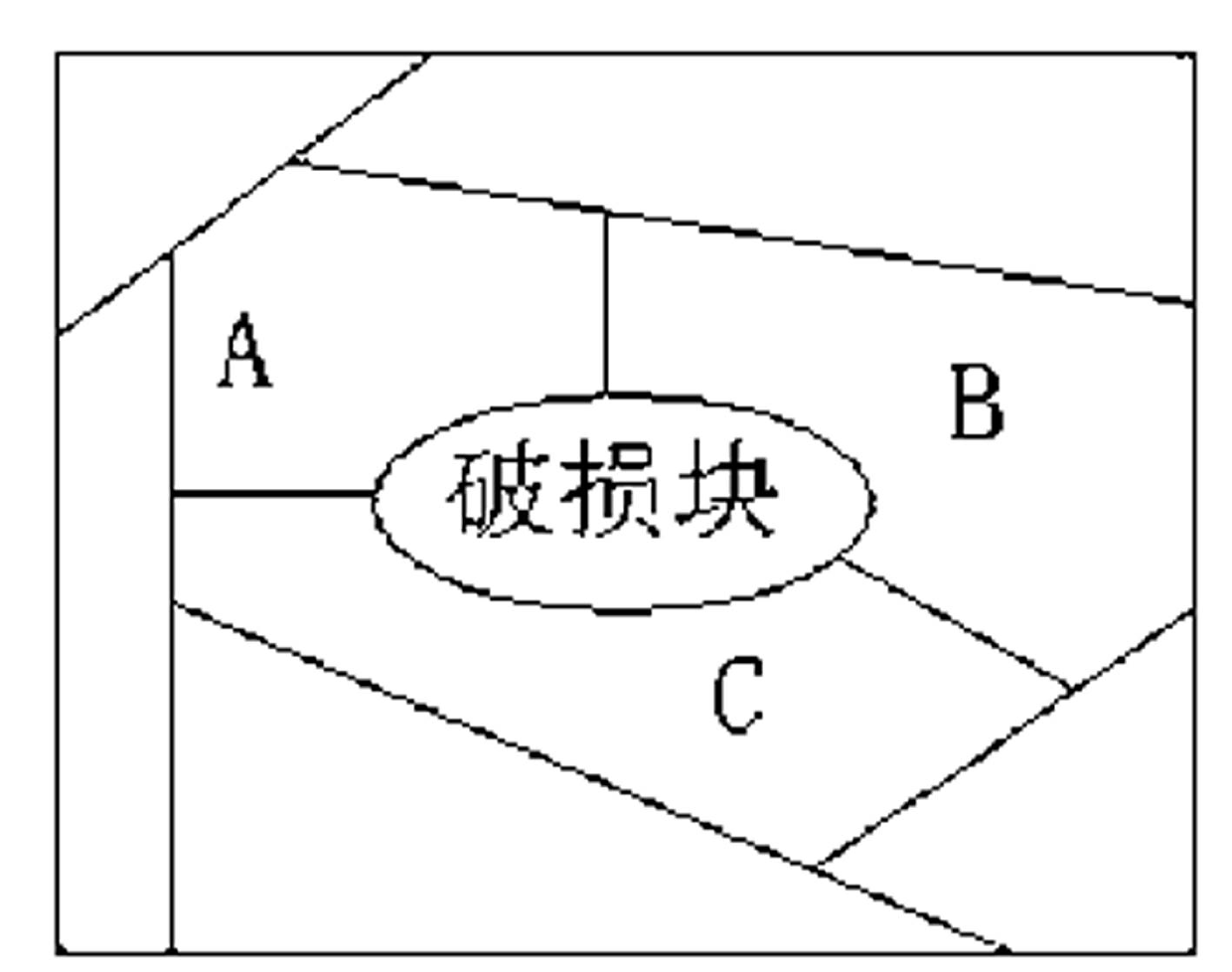Method for restoring Thangka image by combining shapes and neighborhood classification of damaged piece
A technology of damaged blocks and damaged areas, applied in image analysis, image data processing, 2D image generation, etc., can solve the problems of no thangka image restoration technology, complex thangka image screen and damage situation, etc.
- Summary
- Abstract
- Description
- Claims
- Application Information
AI Technical Summary
Problems solved by technology
Method used
Image
Examples
Embodiment Construction
[0102] First, classify the shape of the damaged block; firstly, use the existing watershed method to segment the image to be repaired, and divide the shape of each damaged block in the damaged area into a line shape and a block shape to realize the shape classification of the damaged block; second, to classify the damaged block shape Neighborhood classification of blocks; use gray-level co-occurrence matrix to extract the second-order statistical information of neighborhood blocks, extract various features of the response texture through gray-level co-occurrence matrix, and perform Gaussian normalization on the features, using the existing K nearest neighbor method Divide the neighborhood blocks into texture blocks and non-texture blocks to realize the classification of damaged block neighborhoods; thirdly, repair the damaged blocks; combine the characteristics of the repair algorithm, the shape of the damaged block and the type of the damaged neighborhood block to formulate the...
PUM
 Login to View More
Login to View More Abstract
Description
Claims
Application Information
 Login to View More
Login to View More - R&D
- Intellectual Property
- Life Sciences
- Materials
- Tech Scout
- Unparalleled Data Quality
- Higher Quality Content
- 60% Fewer Hallucinations
Browse by: Latest US Patents, China's latest patents, Technical Efficacy Thesaurus, Application Domain, Technology Topic, Popular Technical Reports.
© 2025 PatSnap. All rights reserved.Legal|Privacy policy|Modern Slavery Act Transparency Statement|Sitemap|About US| Contact US: help@patsnap.com



